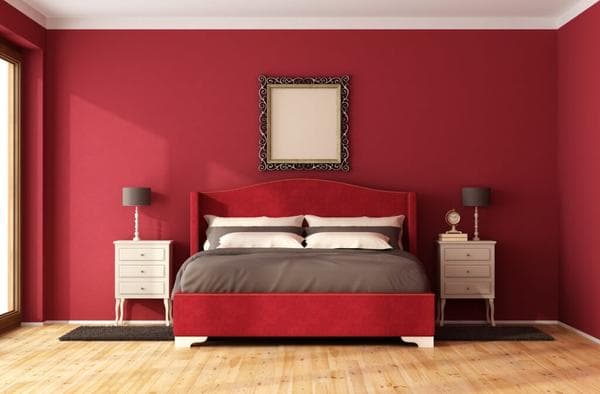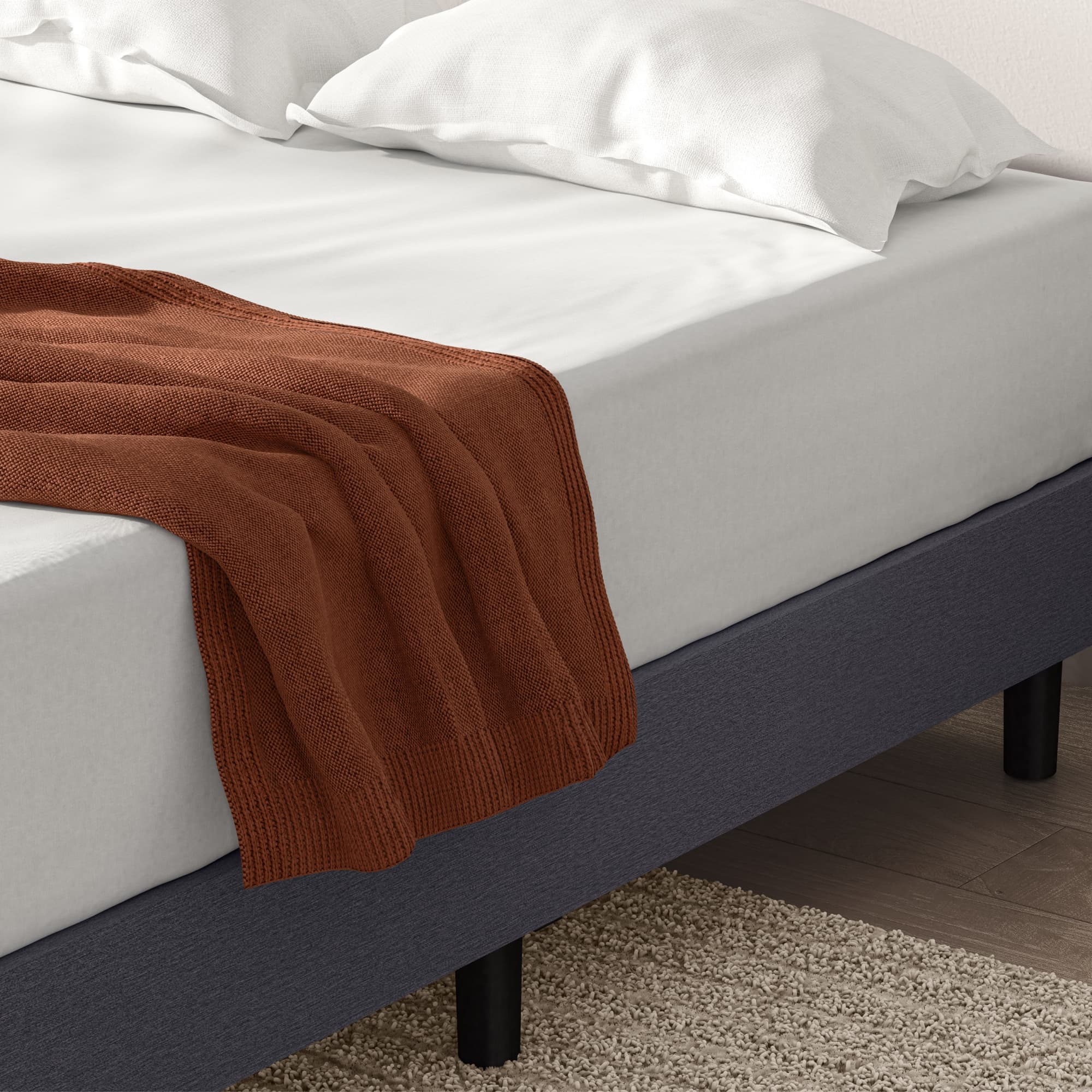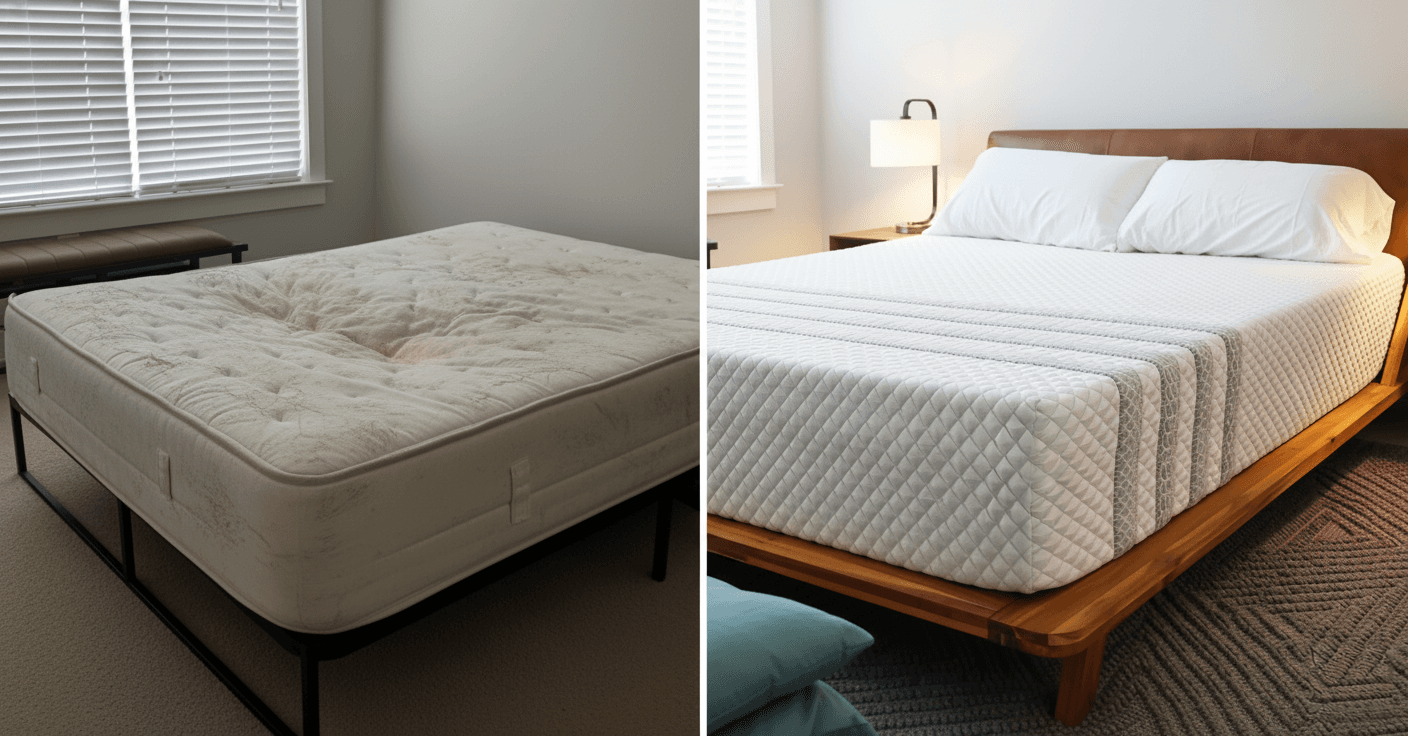Create a peaceful environment and improve your sleep – by painting your bedroom walls.
It’s fair to say that, at Leesa, we’re pretty obsessed with #sleephacks. If you can offer a way to get a better night’s sleep, we’ll try it. Warm bath before bedtime? Do it all the time. Counting sheep? Even though I have a phobia of numbers stemming from a traumatic middle-school Algebra class taught by my mother, I’ve counted them all. A spoonful of sea slug entrails? Hm. Haven’t tried it yet, but if the situation ever became dire enough…
You already know a proper night’s sleep is important, and you may have even tried all the reasonable remedies before. But if you’re already sleeping on a Leesa and still have trouble feeling rested, you might want to consider more drastic measures. One non-medical intervention to contemplate? Repainting your bedroom walls.
In visual arts, there are whole tomes devoted to the study of colors. In particular, modern color theory addresses the sensory responses people have to certain color choices. As you can imagine, color theory plays a major part in marketing and branding. Ever wonder why pencils are yellow or stop signs are red? And, not to give you one more thing to worry about at night, but what message are you sending with that purple shirt?
The handy guide below provides some context for all different shades of bedroom colors and the hue’s corresponding psychological effects.
While we can’t promise that repainting your bedroom will cure you of insomnia forever, creating a peaceful place to rest each night can’t hurt.
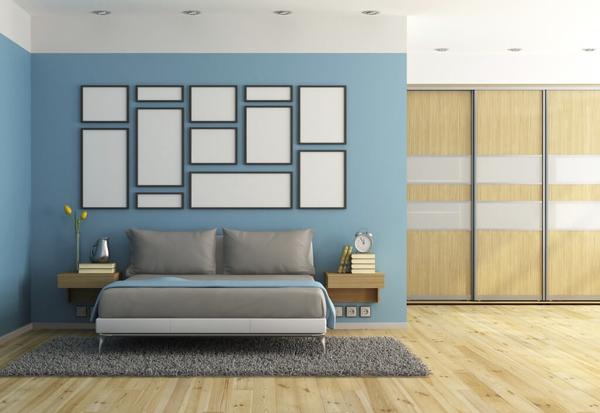
Blue Associations: Water, sky, trustworthiness, stability
“My bedroom has an accent wall of peacock blue, and the other walls are a pale, pale ice blue,” says Michelle Nettles, founder and owner of design firm MJN & Associates Interiors. Throughout Nettles’ 20-year career, blues have been the most common color request she’s received. “It’s the most calming color,” Nettles says.
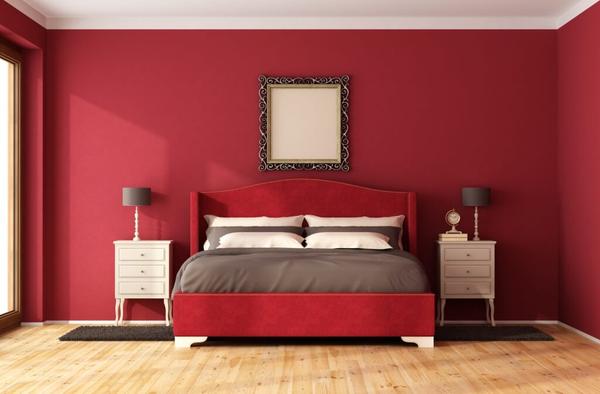
Red Associations: Fire, passion, energy
“When I first started out, reds and golds were popular,” Nettles says. These days people have gone away from that color combination, though she still has clients who use red. “Red tends to stimulate appetite or symbolize excitement, so I use more of it in kitchens and dining rooms.”
If you just can’t get enough red, go all out by painting your whole bedroom. We won’t judge you. But if you’re a little hesitant, try some accent pieces in red instead.
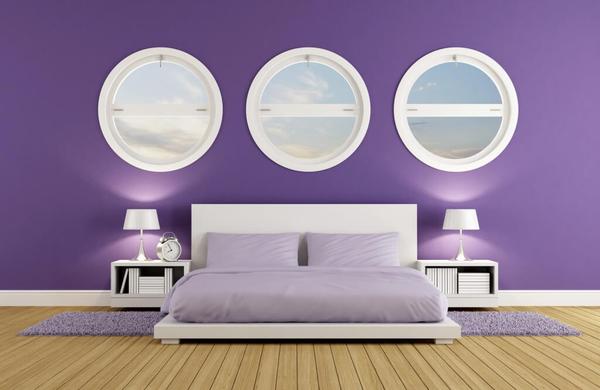
Purple Associations: Flowers, royalty, spirituality, creativity
Remember the color wheel from elementary school art class? Some colors are considered “primary,” (red, yellow, and blue) and the rest are made from some combination of primary colors. As a combination of red, a warm color, and cool blue, purple can be both energizing and soothing. In the past it’s been the domain of young girls, but today it’s considered a sophisticated, stand-out choice well-suited to creative types.
Gray Associations: Rain, coins, practicality, technology, compromise
“Gray is the new neutral,” says Nettles. She says the color has become more and more popular over the years as she became more established. Because it’s a mix of harsh black and innocuous, mild white, it’s generally considered a color compromise lying on the cool end of the color spectrum. Graphic designers often use dark gray for fonts and typography as a less-harsh alternative to black, and using a lighter shade of gray for bedroom walls can create a calming, spa-like atmosphere.
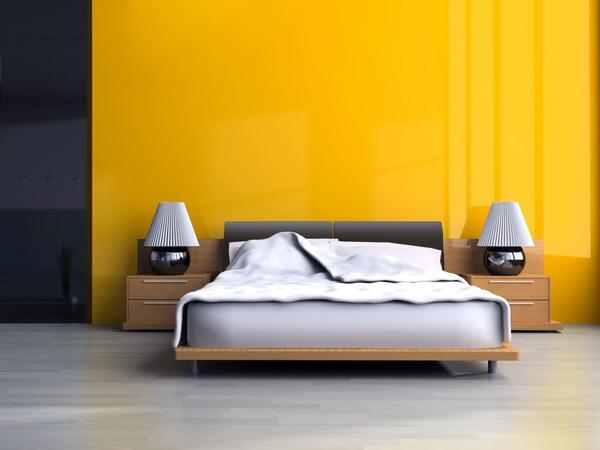
Yellow Associations: Smiley faces, caution lights, rain boots, Curious George
When people see the color yellow, it tends to invite feelings of childlike cheerfulness and warmth. As the color of caution lights, it’s also attention-grabbing and can be a bold choice for an entire room. Love yellow but think you’d be overwhelmed by an entire yellow bedroom? Pick a bold shade and paint just one accent wall as a focus point, like the one behind your bed’s headboard.
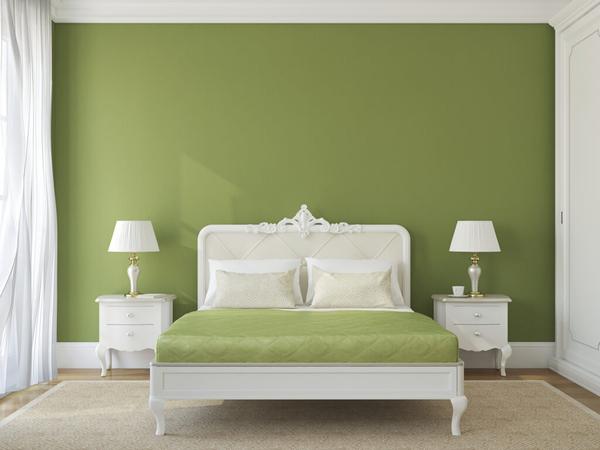
Green Associations: The outdoors, freshness, money, agreement
As the color most associated with nature, green can communicate health, wholesomeness and new starts. Since Nettles’ design firm is located in Virginia Beach, she often fields requests for calming green bedrooms inspired by the ocean and outdoors. “Along with blue and blue-green, lighter shades of green tend to feel peaceful,” she says. “Green and blue-greens looks great paired with neutral tans influenced by the colors of sand.”
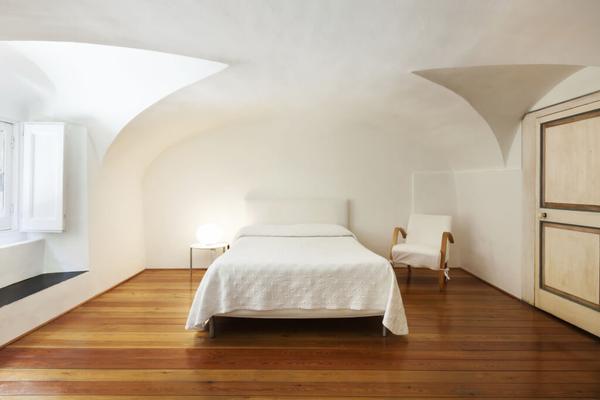
White Associations: Light, weddings, clouds, cotton, goodness, cleanliness, clarity
Own it: You’re too lazy to repaint (or you’re a renter with a less-than-understanding landlord). Embrace it! Extend the spotless, sterile Dexter-ish look to the rest of your room with minimal accessories and zero clutter. As you drift away to dreamland night after night, you can imagine you’re floating in a cloud.
On the Fence?
Overall, interior designer Nettles agrees with research findings on the psychology of colors. The best bedroom colors for sleep are calming, spa-like blues and greens inspired by nature, with gray or neutral tan as accents.
But Nettles’ best advice for choosing a color palette? “Choose colors you love,” she says. “Choose colors that make you happy.”
